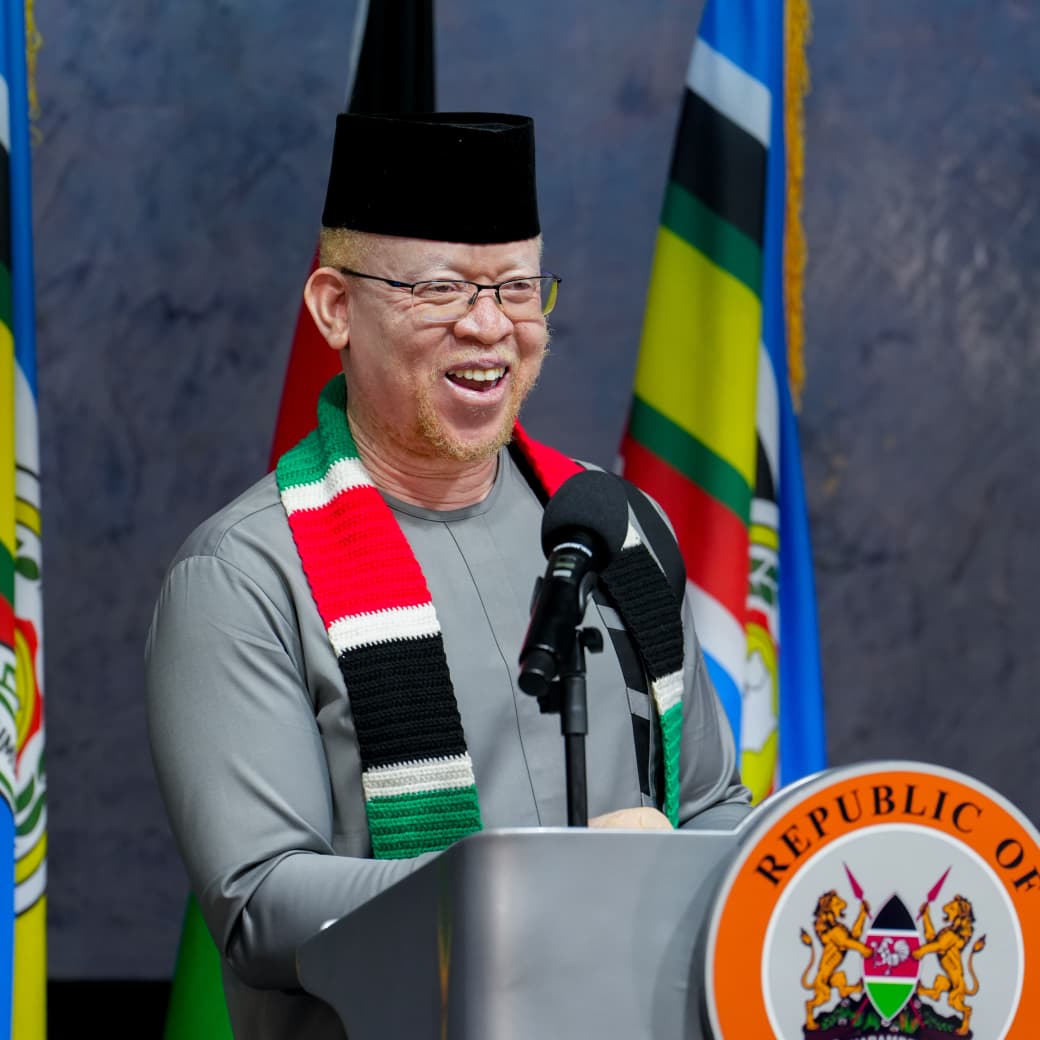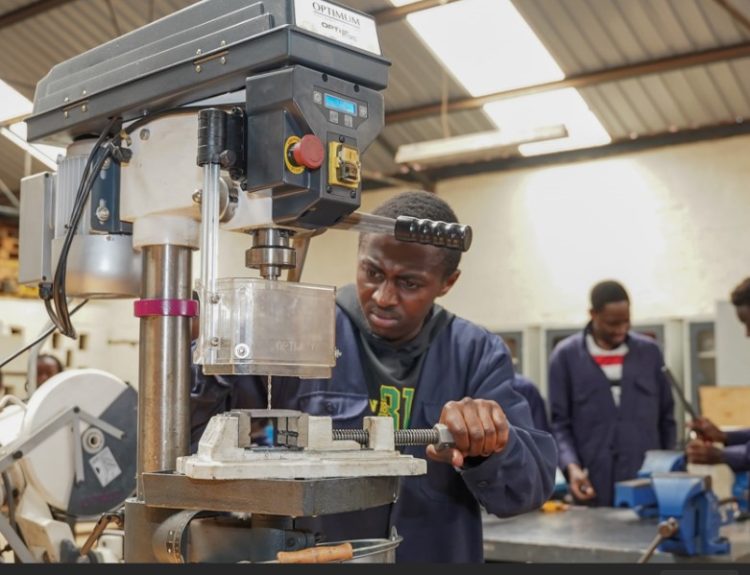As President William Ruto’s administration marks its third anniversary, the government’s progress is evident in the milestones achieved across multiple sectors of the economy. Guided by his election pledges, the President’s leadership has placed job creation, agricultural transformation, food security, and the lowering of the cost of living at the heart of Kenya’s development journey.
Agriculture: Reviving Value Chains
In agriculture, bold reforms in coffee, tea, sugar, and cotton have revived once-dormant value chains and opened new frontiers of prosperity. The revival of six cotton ginneries alone has generated 700 direct jobs in Busia, Bungoma, Kitui, and Embu. The distribution of 100 high-volume grain dryers is projected to generate over 10,000 jobs in cooperatives and small enterprises. Cotton farming and textile-related activities are now sustaining more than 23,000 rural jobs, signaling a renaissance for farming communities.
Micro, Small and Medium Enterprises (MSMEs)
The MSME subsector is emerging as a powerful driver of new employment. Through the refurbishment of 31 County Aggregated Industrial Parks (CAIPs), an estimated 9,000 jobs are being created. Meanwhile, the Micro and Small Enterprise Authority has directly supported over 2,000 youth jobs while opening access to financing and markets for small entrepreneurs. Collectively, the administration has delivered more than 1.3 million jobs in just three years.
The Digital Superhighway and the Creative Economy
Kenya’s positioning as Africa’s digital hub is accelerating through major ICT investments. Over 50,000 kilometers of fiber optic cable now connect schools, businesses, and villages nationwide. At Konza Technopolis, more than 16 firms are operational, with an investor-backed factory set to create 10,000 jobs by early 2026.
To bridge access gaps, 1,500 Wi-Fi hotspots and 404 digital hubs are already functional, benefitting millions. Nearly 1.9 million young Kenyans have been trained in coding, cloud computing, and artificial intelligence, translating into over 300,000 digital jobs in freelancing, e-commerce, and the creative economy. With more than 40 million Kenyans transacting online and 21,500 government services digitized, Kenya’s digital transformation is advancing rapidly.
Education and Human Capital Development
The government has employed 76,000 teachers since 2022, with an additional 24,000 positions advertised this year. By 2027, 116,000 new teachers will have joined the workforce, strengthening Kenya’s education sector and supporting future generations.
On labor mobility, bilateral agreements with countries including the UK, Saudi Arabia, UAE, Thailand, Germany, and Austria have created more than 452,000 jobs abroad—an exponential increase from just 14,000 in 2022.
The Blue Economy and Industry
Kenya’s blue economy is being modernized with investments in training and infrastructure. Already, 875 young Kenyans have been trained in advanced fishing methods, while cooperatives and women-led ventures such as seaweed farming are expanding opportunities along the coast. With a current value of KSh 32 billion, the sector’s potential is projected to exceed KSh 250 billion.
In parallel, Export Processing Zones have created 14,000 jobs in three years, with new zones expected to add another 5,000. Special Economic Zones are attracting global investors, including Japanese companies establishing biscuit, milk powder, and electric car factories at Naivasha–Mai Mahiu.
Tourism, Youth and Health
Tourism continues to be one of the nation’s strongest employers, sustaining 1.6 million jobs—about 8% of Kenya’s workforce. The Electronic Travel Authorization (ETA) has boosted arrivals, ensuring strong inflows during peak seasons.
Youth empowerment remains a central focus. Over 32,000 young people have been trained in entrepreneurship and supported with loans exceeding KSh 400 million. The NYOTA program is set to reach 100,000 youth with training and seed capital for new businesses.
In health, Universal Health Coverage is anchored on community health. More than 18,000 Community Health Promoters have been trained and equipped, with over 107,000 receiving stipends to support households in preventive care.
Housing and Security
The Affordable Housing Program has created over 330,000 jobs across construction, supply chains, and professional services. Beyond jobs, housing estates are improving community health, sanitation, and household disposable income.
Meanwhile, security forces recruitment is scheduled for October 2025. Both the Kenya Defence Forces and National Police Service will conduct nationwide recruitment drives, with government emphasis on transparency and zero tolerance for corruption in the process.
A Legacy in the Making
From agriculture to technology, housing to health, President Ruto’s administration is reshaping the nation’s socio-economic landscape. The vision of the “Better Plan” is steadily translating into reality—jobs are being created, industries revived, and communities empowered.
Kenya is rising, standing firm, and thriving.
Kenya Itainuka. Kenya Itasimama. Kenya Itanawiri. Kwa Umoja na Uzalendo.



